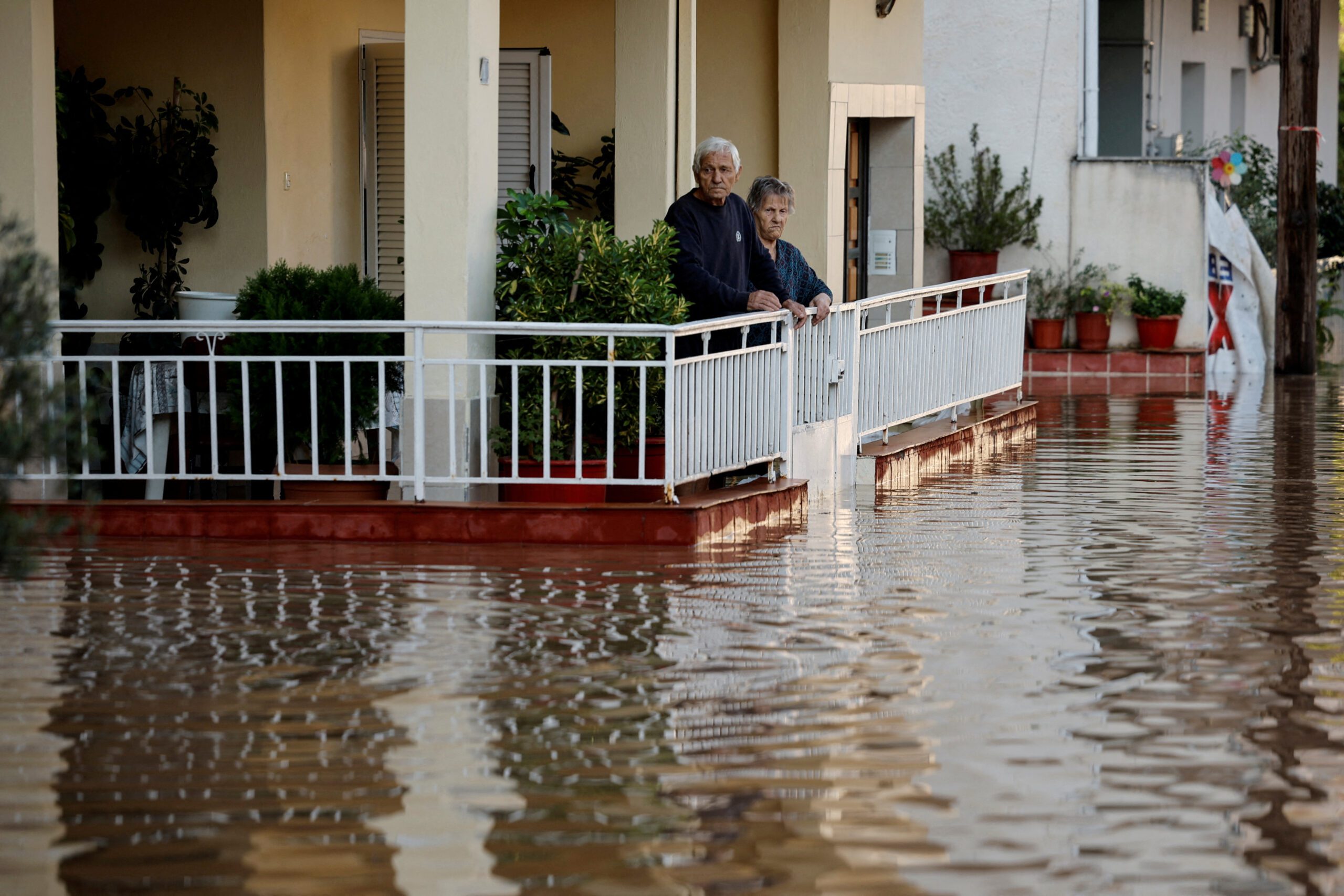Abstract:
natural calamities of immense magnitude, profoundly impact human behavior. This essay delves into the multifaceted dimensions of human behavior during floods, spanning psychological, social, and cultural aspects. It explores the spectrum of responses ranging from preparedness and resilience to panic and chaos, shedding light on the underlying psychological mechanisms and socio-cultural influences. Understanding these dynamics is crucial for effective disaster management strategies and fostering community resilience.
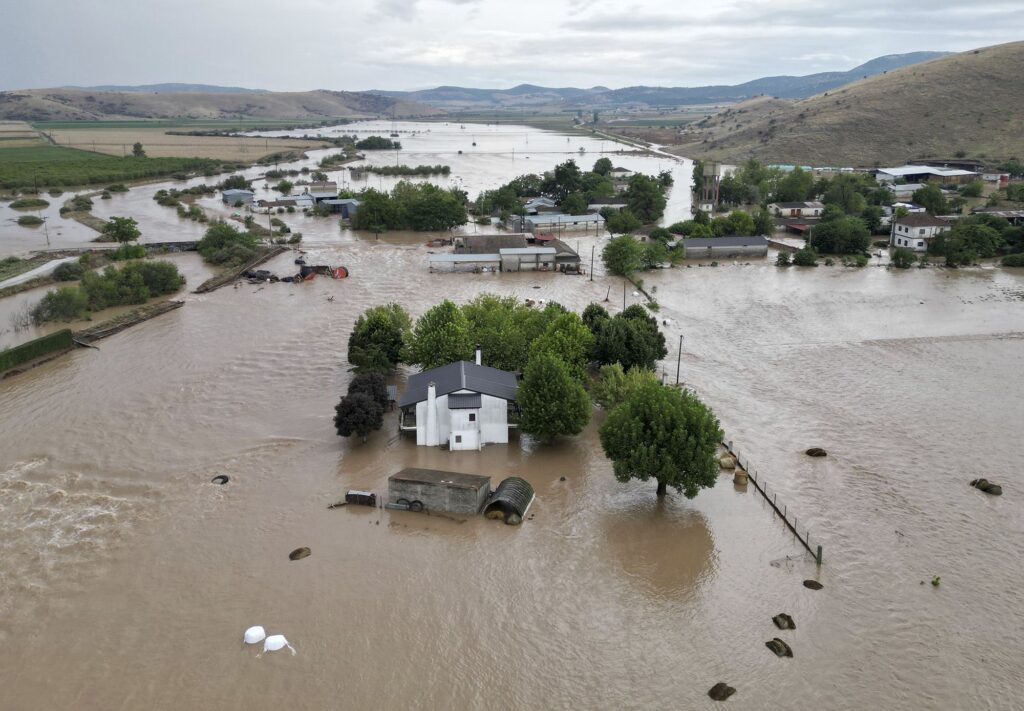
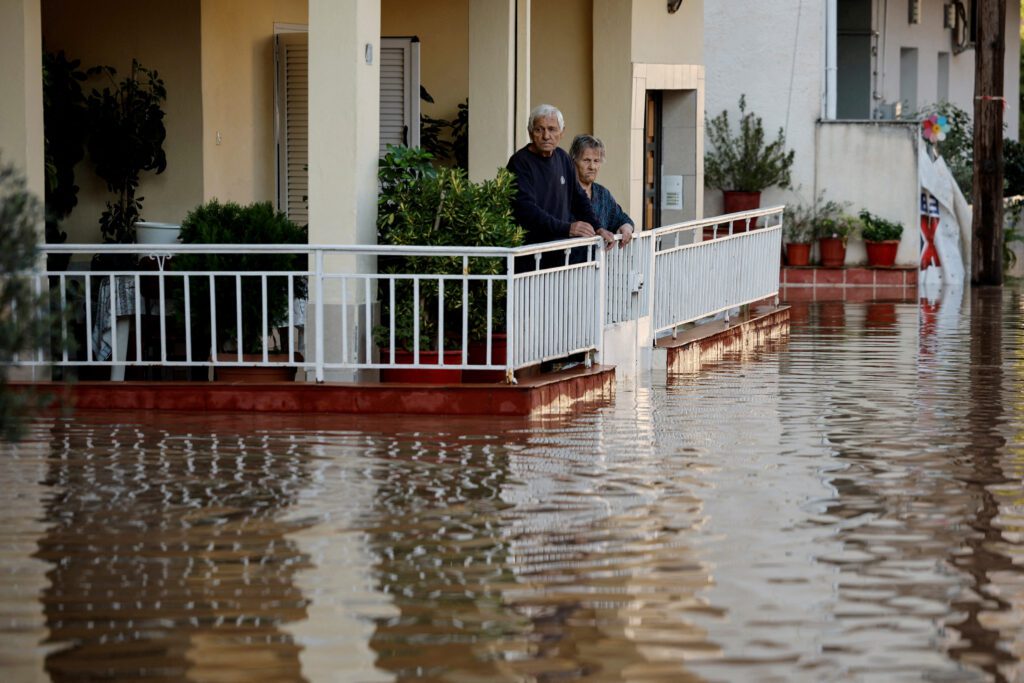
Introduction:
Floods represent one of the most devastating natural disasters, affecting millions worldwide annually. Beyond their physical destruction, floods evoke a spectrum of human behaviors, ranging from altruism and cooperation to panic and irrationality. Exploring these behaviors is not just an academic pursuit but holds profound implications for disaster preparedness, response, and recovery efforts. This essay aims to dissect the intricate tapestry of human behavior during floods, elucidating the underlying psychological, social, and cultural determinants.
Psychological Dynamics:
At the core of human behavior during floods lie intricate psychological mechanisms shaped by cognitive, emotional, and behavioral factors. Understanding these dynamics is pivotal for predicting responses and tailoring interventions. The psychological literature delineates several key phenomena:
Risk Perception and Denial: Human tendency to underestimate risks or deny impending dangers can impede preparedness efforts. Cognitive biases such as optimism bias or normalcy bias often cloud judgment, leading individuals to downplay flood risks until it’s too late.
Fear and Anxiety: Floods evoke primal fears of loss, displacement, and mortality, triggering heightened anxiety and stress. Uncertainty amplifies these emotions, exacerbating psychological distress and impeding rational decision-making.
Coping Mechanisms: Individuals employ diverse coping strategies to navigate flood-related stressors, ranging from problem-focused approaches (e.g., evacuation, seeking social support) to emotion-focused strategies (e.g., denial, substance use). Cultural norms and personal resilience shape the efficacy of these coping mechanisms.
Trauma and Post-Traumatic Stress: Exposure to floods can precipitate acute and chronic trauma, manifesting as post-traumatic stress disorder (PTSD) and other psychological sequelae. Vulnerable populations, such as children, the elderly, and those with pre-existing mental health conditions, are particularly susceptible.
Social Dynamics:
Human behavior during floods is profoundly influenced by social factors, including interpersonal relationships, community cohesion, and institutional responses. Social dynamics play a pivotal role in shaping both individual and collective responses:
Social Support Networks
Strong social ties bolster resilience during floods, facilitating information exchange, resource-sharing, and emotional support. Social capital, manifested through community cohesion and trust, fosters adaptive coping and recovery.
Collective Action and Solidarity
Floods often engender acts of altruism and solidarity, as communities band together to aid those in need. Volunteerism, grassroots initiatives, and mutual aid networks emerge as potent forces for resilience and recovery.

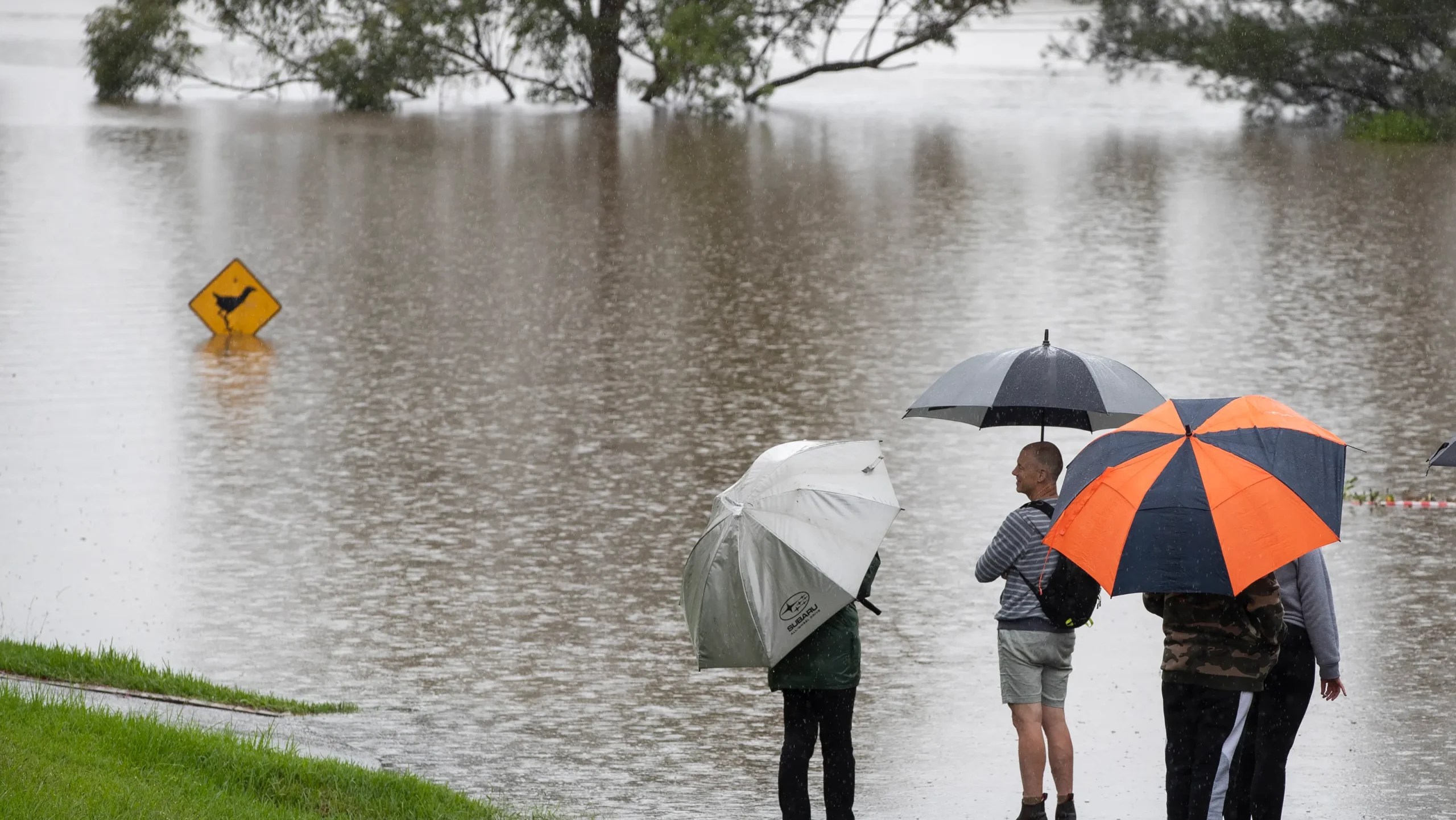
Social Identity and Marginalization:
Effective communication channels, including early warning systems, media coverage, and community outreach, are instrumental in shaping public perceptions and facilitating timely responses. Misinformation, rumors, and communication breakdowns can sow confusion and panic, underscoring the importance of clear, accurate messaging.
Information and Communication:
Socioeconomic disparities, cultural norms, and power dynamics intersect to shape vulnerability and resilience during floods. Marginalized populations, including minorities, low-income groups, and migrants, bear disproportionate burdens, exacerbating social inequalities.
Cultural Taboos and Stigmas:
Cultural taboos surrounding death, displacement, and mental health can hinder open discourse and impede access to critical services. Addressing cultural barriers is essential for promoting psychosocial well-being and fostering community resilience.
Cultural Adaptation and Innovation:
Cultures exhibit remarkable adaptability in the face of environmental challenges, often developing innovative technologies, adaptive practices, and community-based solutions. Recognizing and harnessing cultural resilience is vital for building sustainable flood resilience.
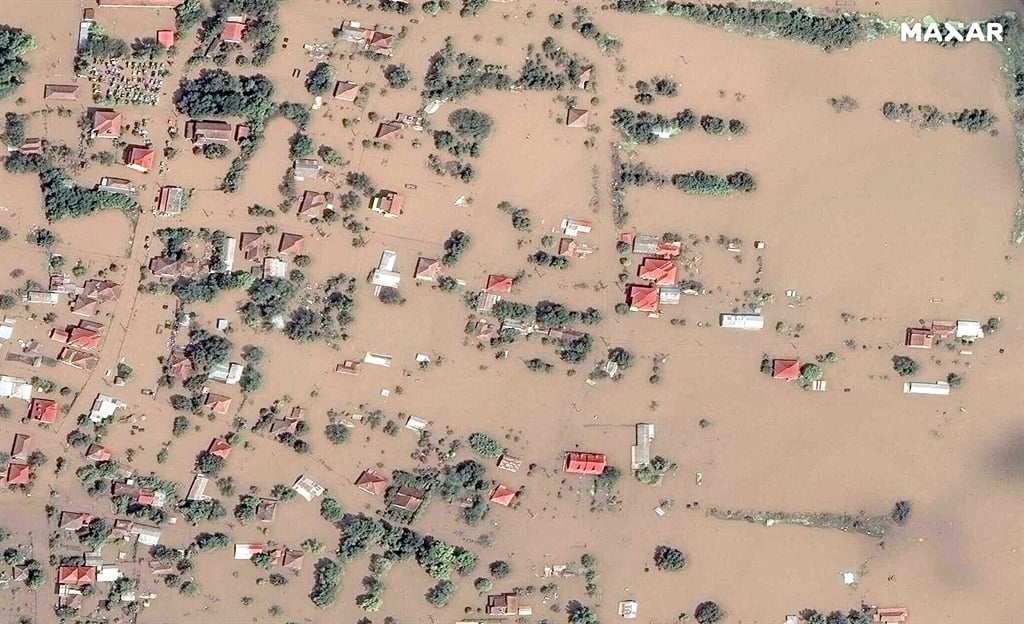
Cultural Influences:
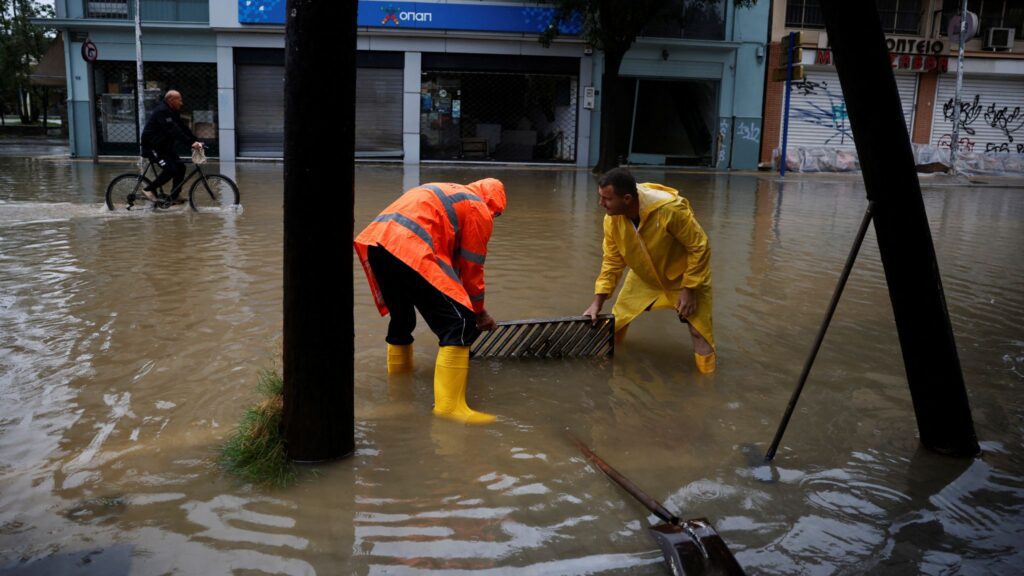
Cultural factors permeate every facet of human behavior during floods, shaping beliefs, norms, and practices. Cultural context profoundly influences preparedness, response, and recovery efforts:
Belief Systems and Worldviews:
Cultural beliefs about nature, fate, and divine intervention influence interpretations of floods and coping strategies. Religious rituals, folklore, and indigenous knowledge systems often inform resilience practices and coping mechanisms.
Traditional Ecological Knowledge:
Indigenous communities possess rich reservoirs of traditional ecological knowledge (TEK) honed through centuries of interaction with local environments. Incorporating TEK into disaster management frameworks enhances resilience and fosters cultural continuity
Conclusion:
Human behavior during floods reflects a complex interplay of psychological, social, and cultural factors, shaping responses at individual, community, and societal levels. Understanding these dynamics is paramount for designing effective disaster management strategies, fostering community resilience, and mitigating the impacts of floods on vulnerable populations. Interdisciplinary approaches that integrate insights from psychology, sociology, anthropology, and disaster studies offer valuable frameworks for navigating the intricate terrain of human behavior during floods. Ultimately, fostering adaptive capacities, promoting social cohesion, and embracing cultural diversity are essential pillars for building resilient communities capable of weathering the storm of floods.

